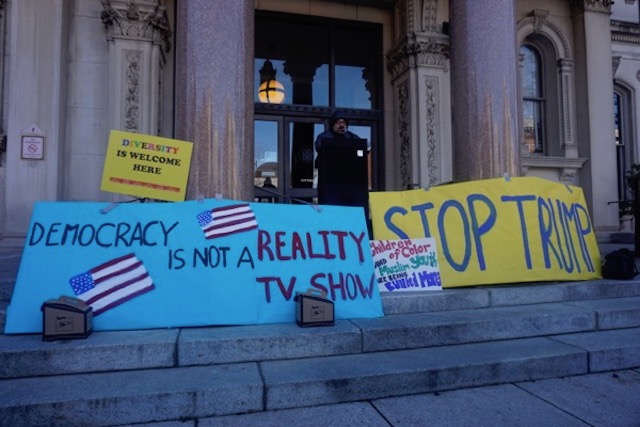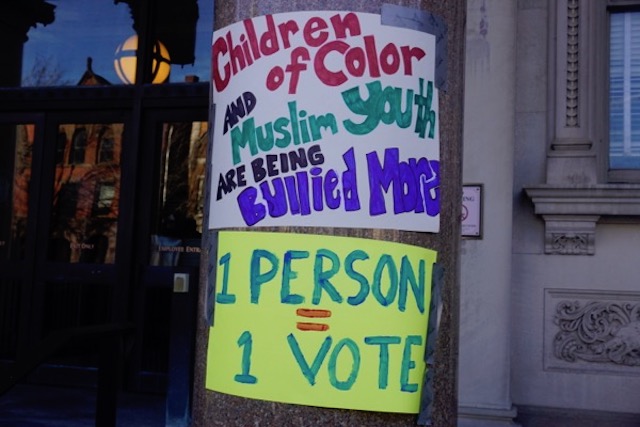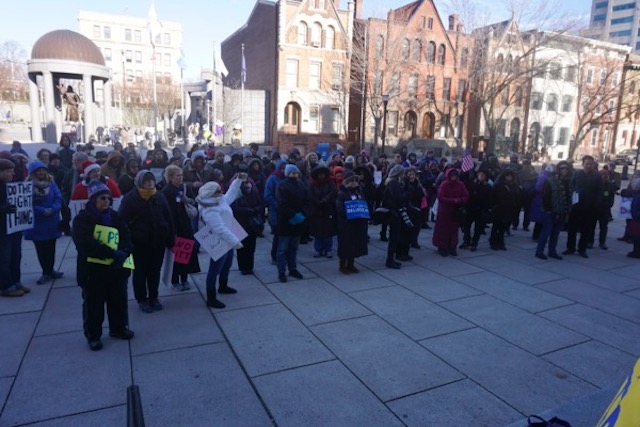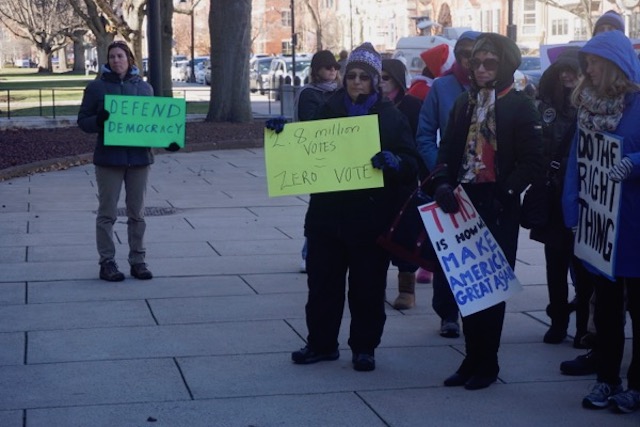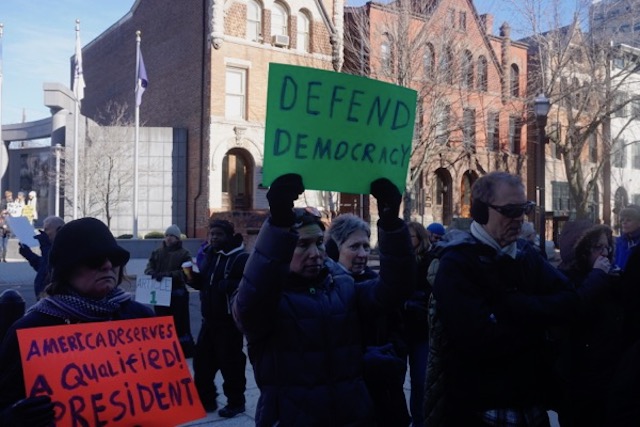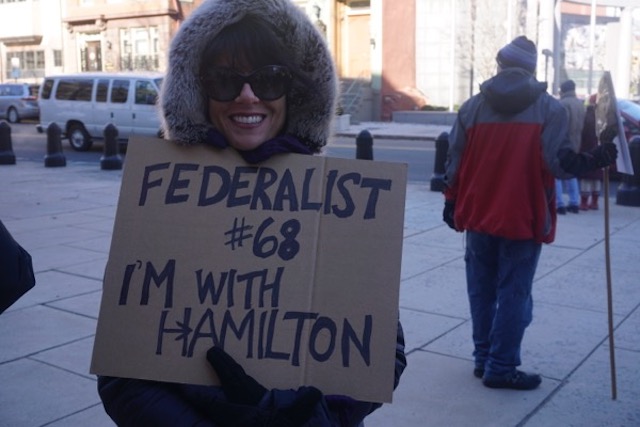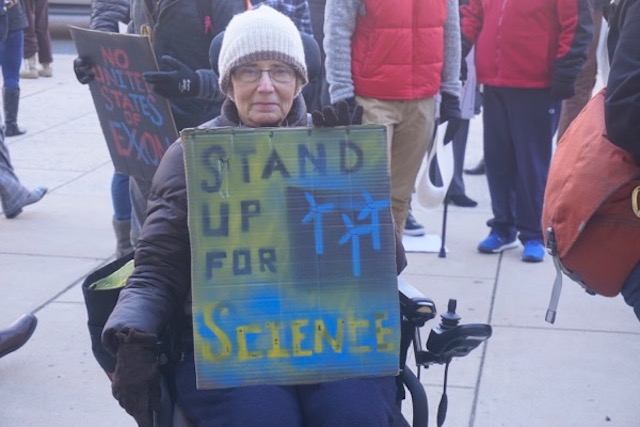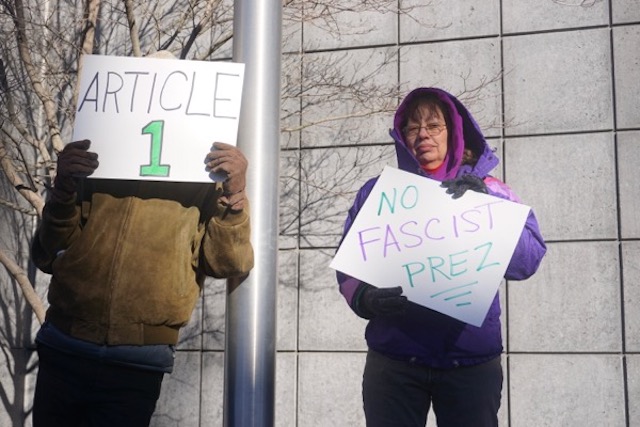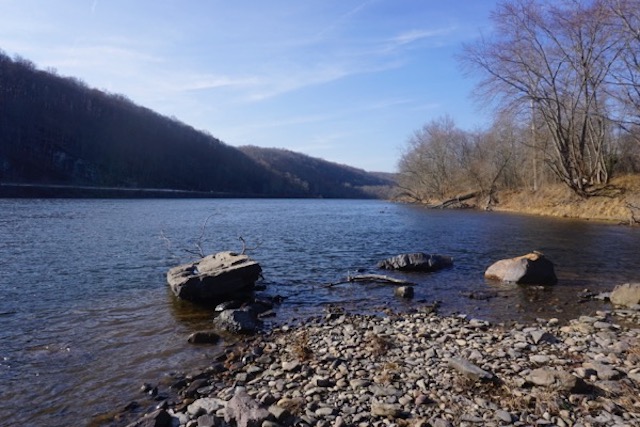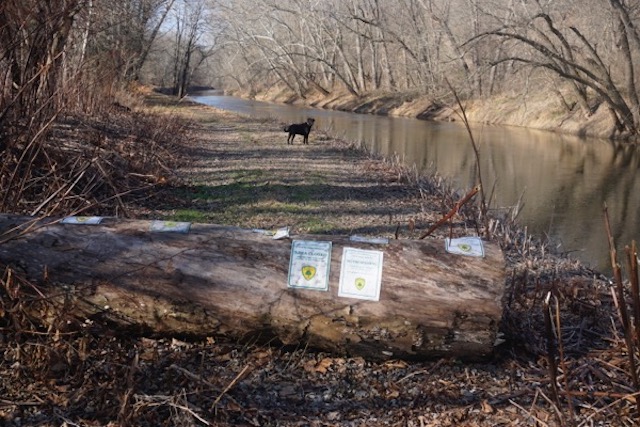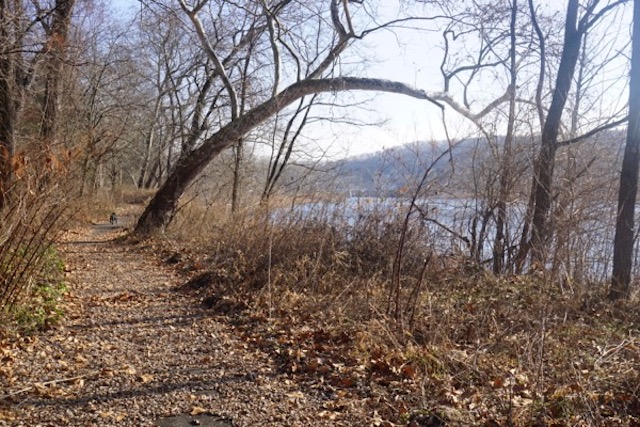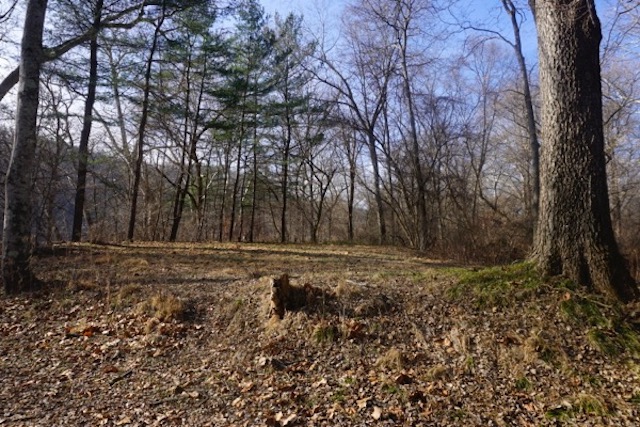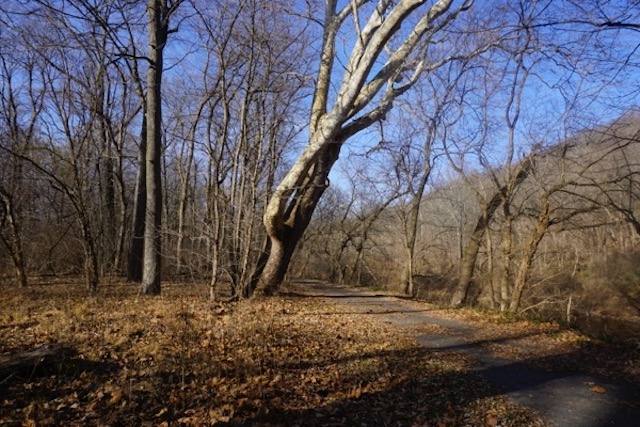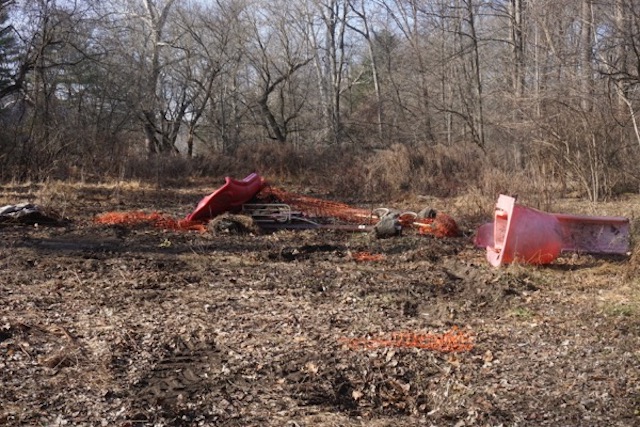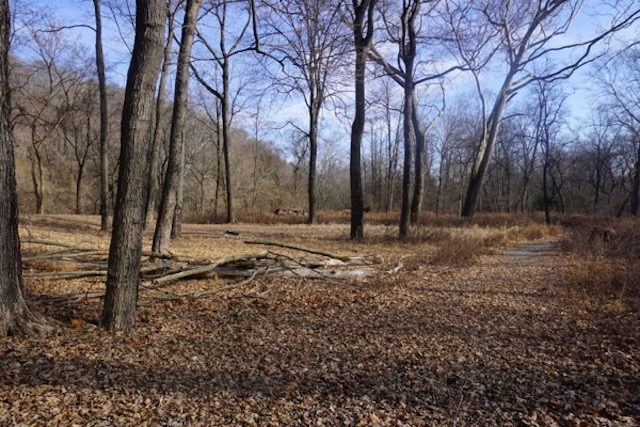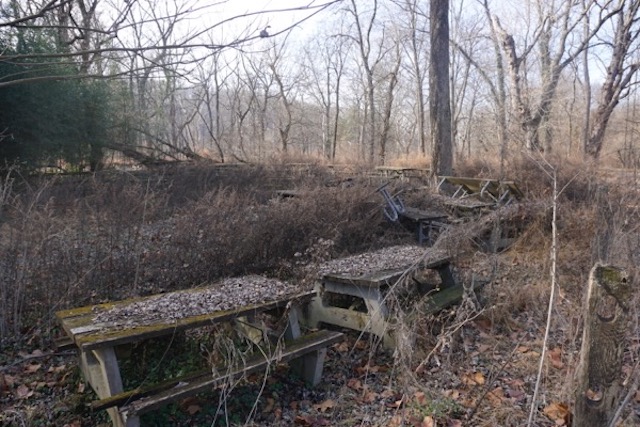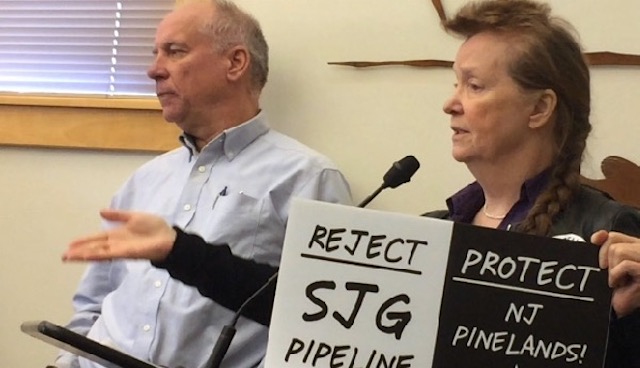Whitman is the queen of self serving revisionism and hypocrisy
Whitman set back EPA climate regulation for over a decade
[Update below – NPR interview]
In a Washington Post Op-Ed, Bush Administration US EPA Administrator and former NJ Governor Christie Whitman blamed climate activists for the Trump administration’s climate denial. Whitman wrote:
Pruitt has questioned “the degree and extent of global warming and its connection to the actions of mankind.” I have long said that activists have done themselves a disservice by stressing that humans have “caused” climate change. That claim to sole causation results in people like Pruitt dismissing the need to address climate change because they doubt that humans have done all of the damage. The climate has always changed — after all, we’ve had numerous ice ages without human influence — but human activity has undoubtedly exacerbated Earth’s natural trends beyond its capacity to adjust.
So the climate activists – not the energy industry – are the cause of climate denial! (in contrast to Whitman’s lightweight spin, for a serious critical analysis of climate communication, read this:
Those familiar with climate science are perfectly comfortable with the fact that one can be certain about the anthropogenic nature of changes in the climate and uncertain about what the implications of that science are, how those changes will play out. However, within the media and political spheres, uncertainties around our knowledge about the speed, distribution and magnitude of climate change impacts have been conflated with (non-existent) uncertainties about the anthropogenic nature of the observed warming trends, resulting in the ‘condensation’ of uncertainty’s many meanings and complexities into ‘one undifferentiated category’ (Shackley and Wynne, 1996: 285). […]
Other commentators claim that the extent and significance of the uncertainties are exaggerated by decision makers so as to postpone taking action that may be unpopular with the public, powerful interest groups, or both (Boykoff and Boykoff, 2004; Weingart et al., 2000). Stocking and Holstein discuss how corporate and special interests have developed a wide repertoire of methods to manufacture doubt about science that threatens their interests, most recently focusing the skills learnt from tobacco lobbying to climate change (Stocking and Holstein, 2008: 23). The fear that politicians will exaggerate uncertainty to appease powerful interest groups causes scientists to downplay the uncertainties, according to Lövbrand (2004: 453). As one prominent climate scientist noted, ‘because climate change is not just a scientific topic but also a matter of high policy, good data and thoughtful analysis may be insufficient to overcome confusion that masquerades as uncertainty caused by the clash of different interests, standards of evidence, or degrees of risk aversion/acceptance’ (Moss, 2007: 5). Bazerman (2006) asserts that there is no significant uncertainty in the climate change debate as regards the primary issue: our political elites know climate disasters are inevitable but are refusing to act – a point echoed by Dessai et al. (2010), who maintain that the uncertainties are not of sufficient magnitude to prevent policymakers planning effective adaptation strategies. (page 46)
That quoted load of self serving crap in the WaPo Op-Ed came from a woman who – in quoted comments in a NY Times story – revealed that she didn’t know the difference between climate change and depletion of the ozone layer:
Now George W. Bush takes office. His party platform calls for more research into the issue; he has waffled on it. His choice for energy secretary, Spencer Abraham, is a Michigan senator who worked hard to protect Detroit from stricter fuel-efficiency standards. And his nominee for chief of the Environmental Protection Agency, Gov. Christie Whitman of New Jersey, muddled the science of climate change with the chemistry of the ozone hole in an interview last week.
Whitman’s scientific ignorance originally was revealing in an embarrassing NY Times story:
Whitman’s statements this week left some scientists and environmental advocates perplexed, especially since her administration has been a leader among the states in addressing the problem. For example, New Jersey was the first states to set a target for reducing emissions of greenhouse gases.
But when asked to discuss her views on the science behind global warming on Tuesday, Governor Whitman responded by citing her doubts about the causes of the hole in the protective ozone layer high in the atmosphere.
She was asked: ”Global warming, what is your thought on what the state of science is and what can be done to address it?”
Mrs. Whitman said: ”Still somewhat uncertain. Clearly there’s a hole in the ozone, that has been identified. But I saw a study the other day that showed that that was closing. It’s not as clear, the cause and effect, as we would like it to be.”
When some experts on the atmosphere and pollution read a transcript of Mrs. Whitman’s statements, they said the governor had clearly confused two distinct, important global environmental problems: global warming and the ozone hole.
Today, asked to clarify her views, the governor said she might have misunderstood the question, but added that she did not think the two issues were ”not interrelated.”
Note how, when called on it, Whitman dug in instead of admitting error.
Far worse, however, was that, while EPA Administrator, Christie Whitman’s legal advisor, Bob Fabricant, wrote an ***infamous legal memo that rescinded the prior Clinton Administration’s legal opinion that greenhouse gases were regulated “pollutants” under the Clean Air Act.
[***Note: The US Supreme Court, in the the groundbreaking Massachusetts v. US case, took cognizance of and rejected the Fabricant memo’s analysis. See page 8, where the Court discusses EPA’s September 8, 2003 Order denying a petition for rulemaking. Fabricant’s memo was the foundation of the EPA denial, as noted in the Federal Register Notice: (68 Fed. Reg. 52922 – 52925)
EPA’s General Counsel, Robert E. Fabricant, reviewed his predecessors’ memorandum and statements, as well as the public comments raising legal authority issues. The General Counsel considered the text and history of the CAA in the context of other congressional actions specifically addressing global climate change and in light of the Supreme Court’s admonition in Brown & Williamson to “be guided to a degree by common sense as to the manner in which Congress is likely to delegate a policy decision of such * * * magnitude to an administrative agency.” In a memorandum to the Acting Administrator dated August 29, 2003, the General Counsel concluded that the CAA does not authorize EPA to regulate for global climate change purposes, and accordingly that CO2 and other GHGs cannot be considered “air pollutants” subject to the CAA’s regulatory provisions for any contribution they may make to global climate change
That climate denying EPA decision was not made by Dick Cheney, but by Whitman and the legal advisor she brought to Washington from her Trenton Governor’s Office to serve as her EPA Counsel. Whitman set back EPA regulation of greenhouse gases by over a decade, an historical fact that she has never been held accountable for.
Inquiring readers should hit this link for the details and links too documents:
Whitman has been criticized for her lies that the air in southern Manhattan was safe to breath following 9/11, but not for the multiple times she rolled over to political pressure from the Bush White House.
And while she was blaming climate activists for climate denial, Whitman – a former BP lobbyist – could not help shilling for her nuclear industry corporate clients – putting nuclear power on a par with energy conservation & efficiency, while cynically invoking the false pretext of jobs::
There are very practical ways that the EPA and federal government can protect our environment, as well as human health and our infrastructure. To slow the rate of climate change, we need to reduce our carbon output; thankfully, there are ways to achieve that goal that have significant economic benefits as well. Promoting energy conservation and reminding people only to use what they actually need benefits household budgets. Building nuclear plants and other clean-energy sources creates good jobs for Americans.
In another remarkable example of chutzpah and hypocrisy, Whitman very gently criticizes Pruitt’s attacks on EPA and environmental regulations (note the use of the passive voice: “has drawn criticism”. I guess this means that Pruitt has not drawn criticism by Whitman.):
President-elect Donald Trump’s nomination of Oklahoma Attorney General Scott Pruitt to head the Environmental Protection Agency has drawn criticism because of Pruitt’s public stances against the agency’s authority and his numerous lawsuits to block agency regulations in his state
That is gross hypocrisy, given NJ Gov. Christie Whitman’s anti-regulatory pro-corporate policy and attacks on NJ DEP and dismantling of that agency, a policy exposed in a Bergen Record award winning 13 part series.
For more specifics on Whitman’s environmental record, see The Nation’s profile:
Thanks to Whitman’s evisceration of state enviro regs as well as a raft of subsidies and tax cuts to developers, suburban sprawl gobbled up more open space and verdant land during her tenure than at any other period in New Jersey’s history. Moreover, she decapitated the state Department of Environmental Protection staff by 738 employees in her first three years in office, cut the remaining staff’s workweek by five hours, eliminated fines of polluters as a source of DEP revenue and made large cuts in the DEP’s budget. That’s why the New Jersey Sierra Club’s Bill Wolfe has warned that Whitman might “dismantle [federal] EPA and take it out of the enforcement business. I believe that this is precisely the policy Whitman has presided over and legitimized in New Jersey.”
Whitman was a darling of the corporate media and a certain elite faction of the “conservation community” – folks I like to call the Pontefract equestrians.
But she was no moderate on the environment or climate change.
Trump and Pruitt are the logical extension of her legacy.
[Update – 12/14/16 – Of course, NPR joined the pack mentality of the corporate press and provided Whitman with a national platform this morning. Listen and read the transcript.
Whitman is already walking back and softening her misleading claim about Pruitt’s climate denial I noted above. Now she says this in response to a point blank question from NPR:
GREENE: You know, you and others have called him a climate change denier. But, you know, my colleagues at NPR who report on science have looked very hard to find if there’s been an explicit time when he has said that. Do you know of a time when he’s actually denied climate change?
WHITMAN: Well, it’s been more in action. It’s a little bit like Donald Trump. I mean, do you believe what he says or what he does? He says he wants to talk about climate change. But the people he appoints are people who have, time and again, sued the agency or said things that would indicate that they really don’t believe that climate change is a serious issue. It’s concerning.
There is no daylight between Pruitt’s legal attack on EPA’s Clean Power Plan and Whitman legal Counsel Fabricant’s memo I cite above. In fact, Whitman’s attack on EPA’ legal authority was even more profound than Pruitt’s.
But aside from the climate denial, science, and regulatory issues, I found this exchange about the Trumps “witch hunt” at Dept. of Energy very interesting – it suggests that the career civil servants and scientists at EPA might not be loyal to Pruitt’s agenda.
Whitman said she could “understand” the Trump administration’s concerns about the loyalty of EPA employees and her remark now that we’re in, now that we’re the ones in control? are particularly revealing in light of Whitman’s retaliation against a DEP career employee that blew the whistle on her own scientific misrepresentations:
GREENE: I want to ask you about this questionnaire that has made some news, the Trump transition team circulating a questionnaire in the Department of Energy. Part of it is asking for the names of people who have worked on climate issues and have gone to conferences. What’s your reaction to that?
WHITMAN: If I were a federal employee, I’d be very nervous about it. Why? Why would you need to know that? If they are a career civil servant that’s carrying out the policies of the incumbent administration, why do you need to know that they’ve been good civil servants for this one issue? It implies that since this is not going to be your policy, you’re going to assume that that’s what they’re going to do no matter what. And they’re going to try to undercut you. And therefore, you’re going to try to get back at them – some kind of retribution.
GREENE: I guess I – on this questionnaire, I guess I just wonder if, you know, when you were running the EPA, wouldn’t you have wanted to know what work was being done by scientists? Might you have, you know, said, like, let me put a questionnaire out there? I want to know what people have been working on. I want to know, you know, what conferences they’ve been to. Isn’t that an element of control and knowledge that you’d sort of want?
WHITMAN: No, not what conferences they went to because they have to be approved by the administration. So whatever they were going to was something that had something to do with their work that the previous administration – they were comfortable with. What I care about is what are they wanting to go to now – now that we’re in, now that we’re the ones in control? No, it never would have occurred to me to ask that question.
GREENE: You seem to be saying that the – Trump seems to be almost questioning loyalty before he comes into this new job.
WHITMAN: Yes, I can understand they’re being very concerned. Listen, most of the people that I’ve found at the Environmental Protection Agency, the vast majority of them just want to do their job. At EPA, they believe in preserving and protecting public health and the environment. And so they’ll do it whatever way you tell them to do it as long as they believe that’s what you’re after. It’s when they don’t think that that’s what you really want to do that you can start running into problems.
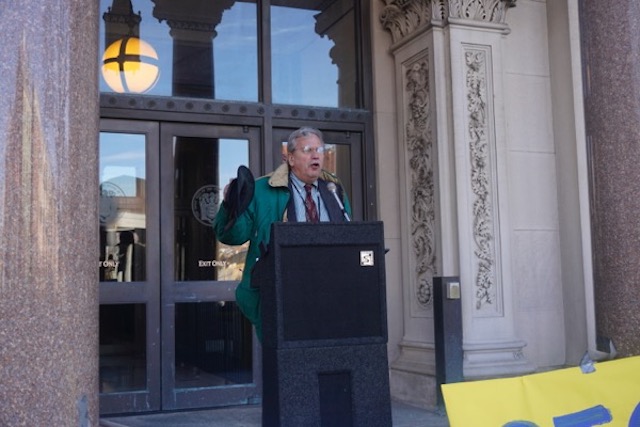 My friend Jeff Tittel (Sierra Club) urged people to honor the legacy of historical progressive social movements – abolition, women’s suffrage, workers rights, union organizing, 8 hr. wrk day, New Deal reforms, anti-war, gay rights and environment – and unite in common cause to Stop Trump.
My friend Jeff Tittel (Sierra Club) urged people to honor the legacy of historical progressive social movements – abolition, women’s suffrage, workers rights, union organizing, 8 hr. wrk day, New Deal reforms, anti-war, gay rights and environment – and unite in common cause to Stop Trump.